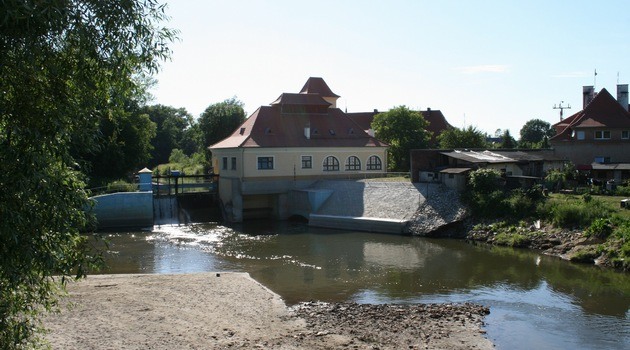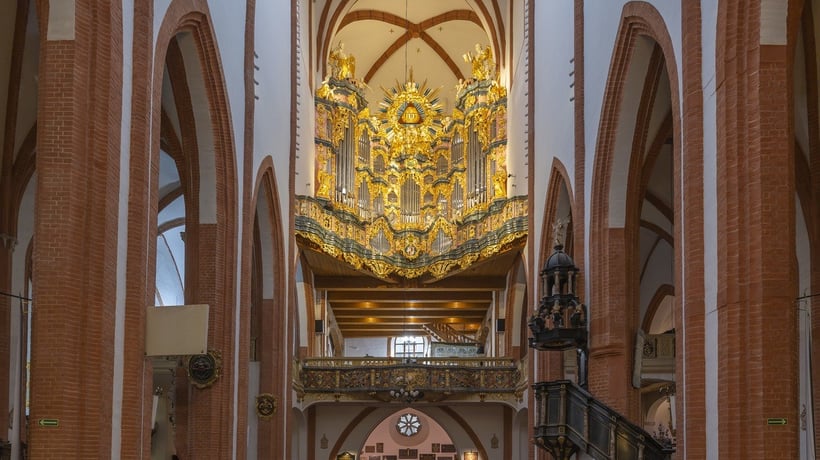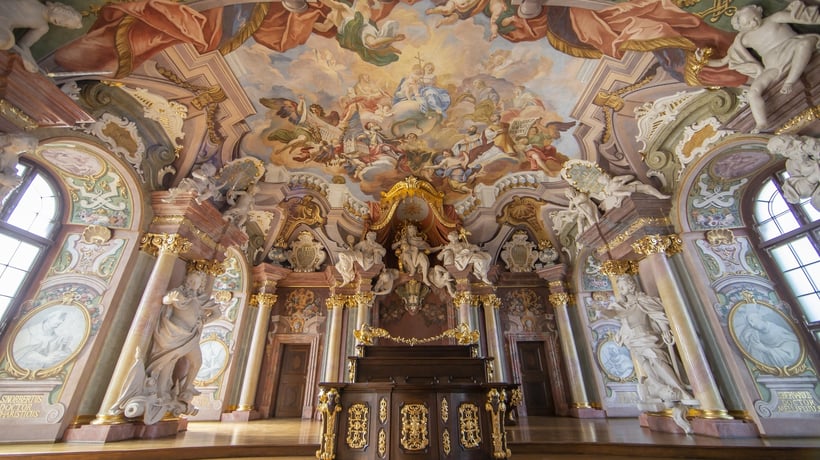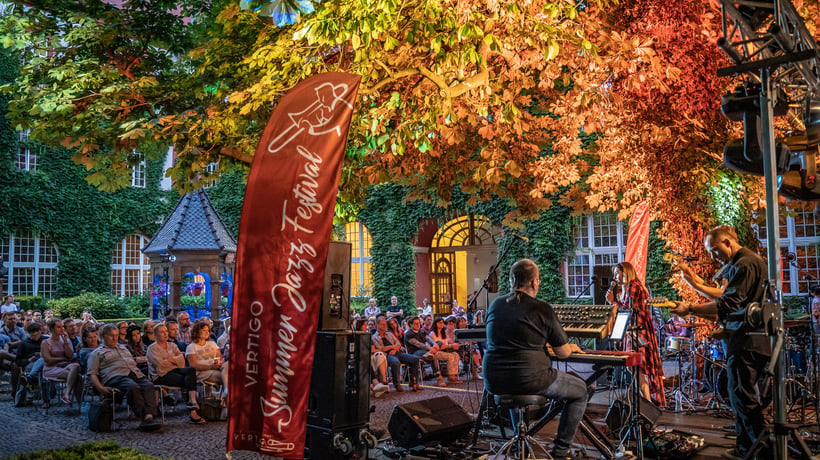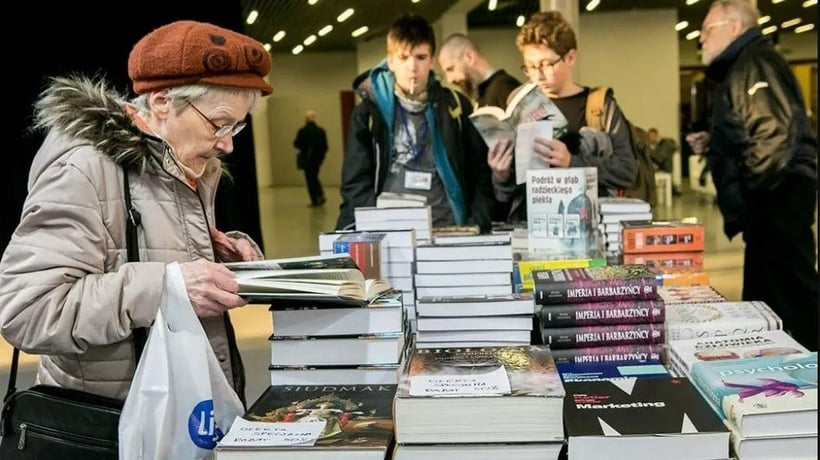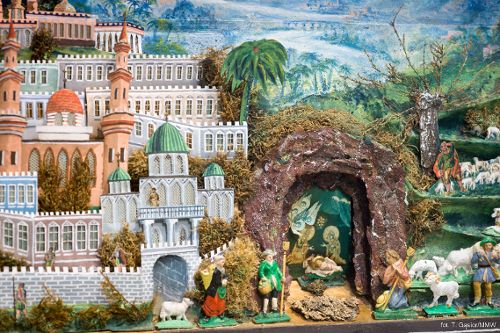This year's European Heritage Days will be held on 13–14 and 20–21 September. The event is going to attract over 100 cultural institutions from Lower Silesia, including castles, palaces, museum, community centres, libraries and foundations. It will be coordinated by the Ethnographic Museum, a branch of the National Museum in Wroclaw.
This year's European Heritage Days are going to promote the slogan"Heritage - Your Source of Identity". "The topic such as is this attracts a variety of interpretations, and it is both universal and multi-faceted, as it draws upon our shared past and touches upon the issues such as our sense of belonging to a particular community or nation and our ties with history, language, tradition and family. That's what makes so intriguing and inspiring," explain the organisers of the Polish edition of the event. Identity gives one a chance to understand a broader context of one's relationship with their environment, and thus develop a deeper and more conscious understanding of heritage. For the first time in the festival's history, the audience will be able to see the following: the Umgebindehaus Country, Mobile Community Military Museum, Society of Friends of Mojęcice "Dwór Mojęcice" and Oleśnica Centre for the Encounters with History.
"One of the most prominent attractions for those who attend the European Heritage Days will be to visit 33 Umgebindehausen," says Agnieszka Szepetiuk-Barańska, the coordinator of the European Heritage Days in Lower Silesia. This type of architecture is common in Upper Lusatia, now the borderland between Poland, the Czech Republic and Germany. It can be recognised by timber posts that frame the ground floor and support the upper stories of the building. During the event, it will be possible to visit not only those Umgebindehausen that are available to the public (they usually house museums, restaurants and hotels), but also those that serve as private homes and are usually closed to visitors.
Uncharted Lower Silesia
While the Mobile Community Military Museum in Wroclaw, which has just joined the event, attracts visitors with a display of bunker interiors and a military field camp, the Oleśnica Centre for the Encounters with History, which was established earlier this year, will take you to a walk along the River Oleśnica.
In Karpacz, "The Treasury of the Mountain Spirit" exhibition will be on display to present the region's culinary, handicraft and artistic heritage whereas, in Szklarska Poręba, the Walloon House will be open to those who wish to find out more about the Walloon community in the Karkonosze Mountains.
The residents of Wroclaw will be offered to join a guided tour in and around Psie Pole, cover the Lviv memorabilia route and hop on a historic tram to see Wroclaw's bridges. "The trip takes approximately two hours during which you can see such landmarks as the Grunwaldzki, Mieszczański and Sikorskiego Bridges, but the most interesting part of the tour will be to cross the bridges in the historic part of the town, including the Młyński and Piaskowy Bridges," the organisers from the Wroclaw Society of the Friends of the Railway share a few words of encouragement.
The organisers of this year's European Heritage Days wish to highlight a relationship between history, culture and water, the relationship that often goes unnoticed. While Port Uraz will take you on a sail in a galley down the River Oder, the Oder Museum (Foundation of the Open Museum of Technology) in Wroclaw invites you to a series of lectures and workshops on the influence of the Oder waterfront monuments, including both hydrological buildings and the vanishing world of inland sailing, on local identity.
Earliest water monuments in Wroclaw
Those who take part will have a unique opportunity to visit Wroclaw's earliest hydroelectric power plant in Marszowice (still operating) and the city's water tower in Mokrsko Forest. Both buildings will be open to the public free of charge at the weekend of 13 and 14 September from 10 am to 5 pm. Do not hesitate to take the opportunity because the buildings are not open to visitors on a regular basis. The event will be organised by the "Zamek" Community Centre in Leśnica. The water tower in Mokrsko Forest, located in ul Polkowicka, has been securing water supplies for the residents of Leśnica since the beginning of the 20th century. Water from the four existing drilled wells is transferred to a plant where it travels through a number of tanks in which it is purified and oxygenated and then rested for several hours in a special pool to precipitate iron. Then it flows through a main tank and into the homes in Leśnica. Excess water which has not been used by the recipients is pumped to a tank located underneath the tower's cupola, at the height of nearly 60 metres. The tower is the last working amenity of this kind in Wroclaw, and apart from modern oxygenating cascades it can also boast of pumps that date back to as early as 1931. The site was included in the Register of Objects of Cultural Heritage in 2008.
The hydroelectric power plant in Marszowice (ul Marszowicka 4), which was built from 1912–1923 on the River Bystrzyca, is now the earliest building of this kind in Wroclaw. In 1923, as the character of the river had changed due to the construction of the reservoir in Zagórze Śląskie and the regulation of the river, two new hydrogenerators were installed. They varied in power and were fitted with Francis turbines and Siemens generators that are working to this day. At the same time, two blocks of flats for the workers were developed. Initially, the plant supplied electricity to the local textile factory. After World War II, it served the Red Army units that were based in the area. In 1959, the site was taken over by the Power Distribution Plant in Wroclaw. After the completion of the Mietków Reservoir (1986), the plant has operated as the flow of the river permitted and with necessary breaks for conservation purposes.
Click for a more detailed programme of the European Heritage Days
The European Heritage Days, which are organised every year in September, are Europe's largest community and education project held to promote unique monuments, foster an open attitude to cultural diversity and arouse interest in the local history.
ak


